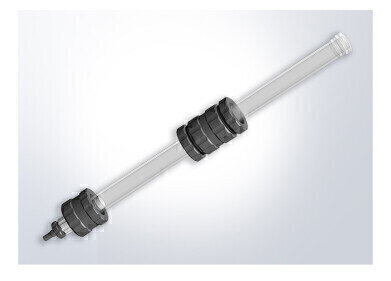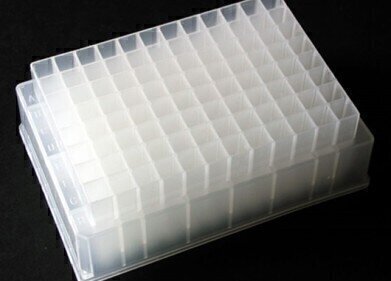Preparative
Is Your Vinegar Authentic? — Chromatography Explores
Mar 19 2018
Vinegar is much more than something that you splash on your fish and chips at tea time. Vinegar encompasses all sorts of culinary liquids that are used to add flavour or pickle many different foods. But like many different foodstuffs, at the premium end of the market there are always people who will be looking to cut corners and market their product as authentic when it is not. But how can vinegar producers fight back? Perhaps chromatography can help.
Vinegar — slightly acidic
In simple terms, vinegar could be described as a dilute solution of acetic — or ethanoic — acid. In many vinegars, the concentration of acetic acid is between 4 and 10 percent, with slightly stronger solutions used in pickling applications. Acetic acid is a type of carboxylic acid — one of the simplest carboxylic acids — made up of a methyl group and carboxyl group. It is the easily released hydrogen ion or proton from the carboxyl group that give vinegar its acidic character.
Vinegar has been used for culinary purposes for thousands of years — with some evidence that the Ancient Egyptians used vinegar to cook and preserve foods around 5000 years ago. Vinegar is made using a fermentation process — the starting material being any ingredient containing ethanol. There are two main fermentation processes used — slow taking up to one year used for traditional vinegars, and fast which can make vinegars in a few days.
Balsamic — DOP?
There are many different ‘flavours’ of vinegar on the supermarket shelves, Balsamic vinegar is a special vinegar produced in Italy. It is widely used as a flavour agent in cooking and true balsamic vinegar must come from the Modena region of Italy. It is produced by cooking white grapes from certain vineyards. After cooking and pressing, the vinegar is stored for up to 20 years in wooden barrels with bacteria allowing an acetification process to make the vinegar. Real balsamic vinegar has the designation DOP — denomination of controlled origin — meaning all the process takes part in Modena.
Which flavour would you like?
Another type of vinegar are fruit flavoured vinegars. These are vinegars that are either flavoured with fruit by maceration or are made from fruit wines. A recent study published in the journal Molecules — Establishment of the Volatile Signature of Wine-Based Aromatic Vinegars Subjected to Maceration — has looked at using chromatography to provide a method to guarantee the authenticity of fruit macerated vinegars.
The team have developed a method using headspace solid-phase microextraction along with gas chromatography mass spectrometry (HS-SPME GC-MS). The use of SPME is discussed in the article, PAL SPME Arrow: An Evolutionary Step Forward for Solid-phase Microextraction (SPME). They suggest that the method could be used to reveal the volatile signature of wine-based aromatic vinegars that have been subjected to a maceration process.
Apple and banana vinegar on your chips tonight?
Events
Apr 22 2025 Kintex, South Korea
Analytica Anacon India & IndiaLabExpo
Apr 23 2025 Mumbai, India
Apr 27 2025 Portland, OR, USA
May 11 2025 Vienna, Austria
May 18 2025 Tempe. AZ, USA














